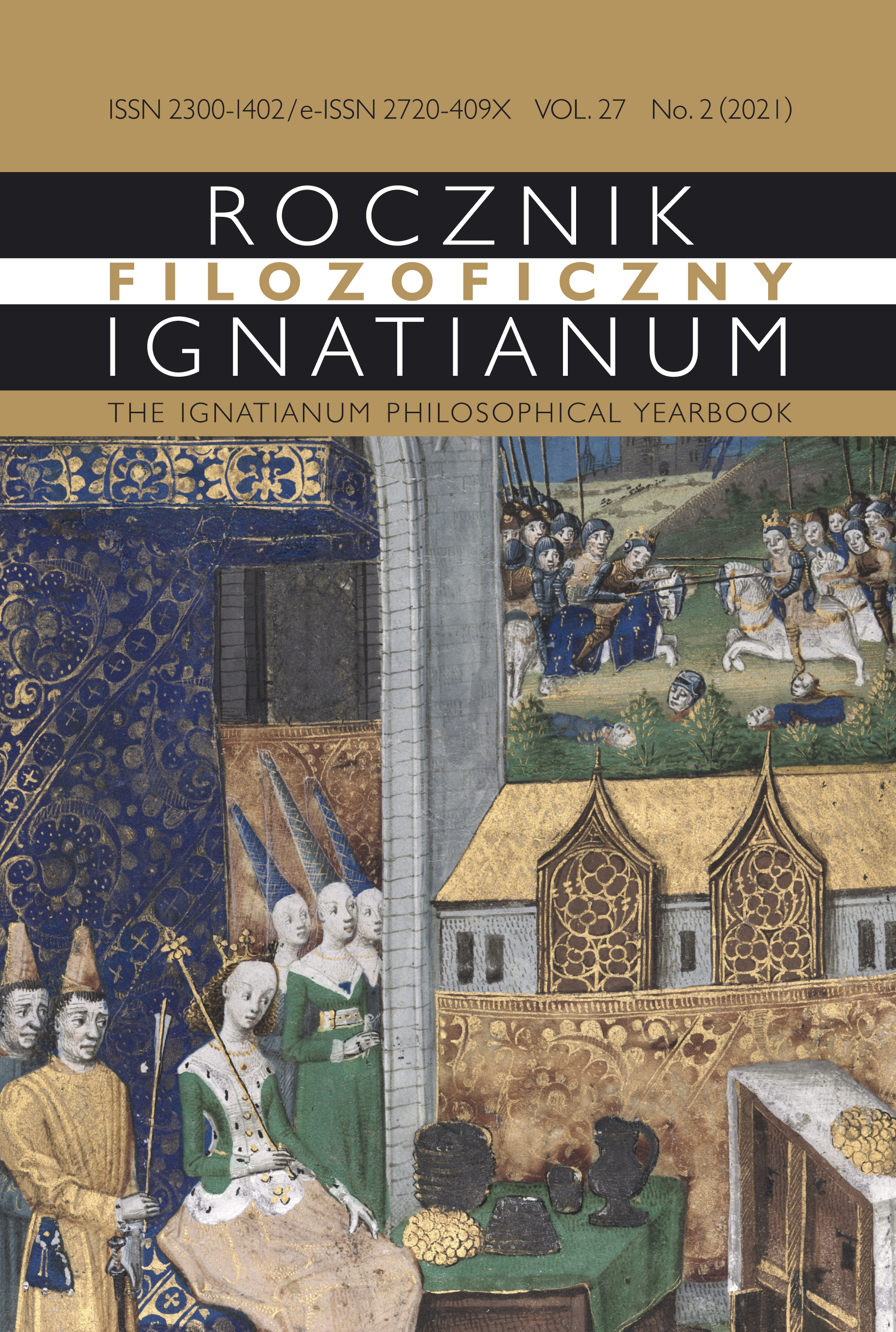Clergy at the Court of Queen Elizabeth of Austria (1454–1505) and Her Daughter, Elizabeth Jagiellon (1505–1515)
Abstract
Ongoing long-time research into the courts of rulers, their spouses, and their children clearly demonstrates the enduring presence of clergy in their midst. Priests performed various functions in religious practices or worked in the court chancellery. The aim of this article is to show the presence of clergy at the court of Elizabeth of Austria, wife of King Casimir IV (in the years 1454-1505), and their youngest daughter Elizabeth Jagiellon (in the years 1505-1515). The reconstruction of this environment was possible on the basis of an analysis of a very broad source base (manuscript and printed), due to its fragmentary nature and incidental occurrence of references to clergy, often in anonymized form (e.g. “chaplains to the queen”). In the case of both Elizabeths, the clergy functioning at their courts were associated with the capella and the chancellery, but they also performed duties as medics or stewards. There are still issues without satisfactory answers, which require further studies and analyses of scattered source material, for instance the question of the queen and her daughter’s relations with the Krakow cathedral and city clergy, both lay and monastic, or the question of the influence of the two Elizabeths’ knights on the assumption of benefices connected with their courts by the clergy).
Copyright (c) 2021 Jesuit University Ignatianum in Krakow

This work is licensed under a Creative Commons Attribution-NoDerivatives 4.0 International License.
The Yearbook only accepts materials for publication that are free of all conflicts of interest, and that in no way involve conflicts over authorship, copyright, etc. The Editors will take action against any cases of plagiarizing, ghostwriting1, guest/honorary authorship2, etc. Where co-authored work is concerned, the Author listed first is expected to take responsibility for the submission, and is required to make clear the contributions of all of the Co-Authors involved. In the event of the publication owing its existence to funding dedicated to this purpose, this fact should be made clear: e.g. in any note of thanks/acknowledgement, or in a footnote, etc. Explicit notification should be given of any form of reprinting, with the appropriate evidence of permission to publish being furnished as required. Any impropriety on the part of Authors/Reviewers risks exposing them to appropriate responses from the relevant institutions.
______
1 This term refers to instances of a person who has made an essential contribution being omitted from the list of authors, or from notes conveying gratitude and/or acknowledgement.
2 This occurs when a person who has made either an insignificant contribution or no contribution at all nevertheless appears on the list of authors.





